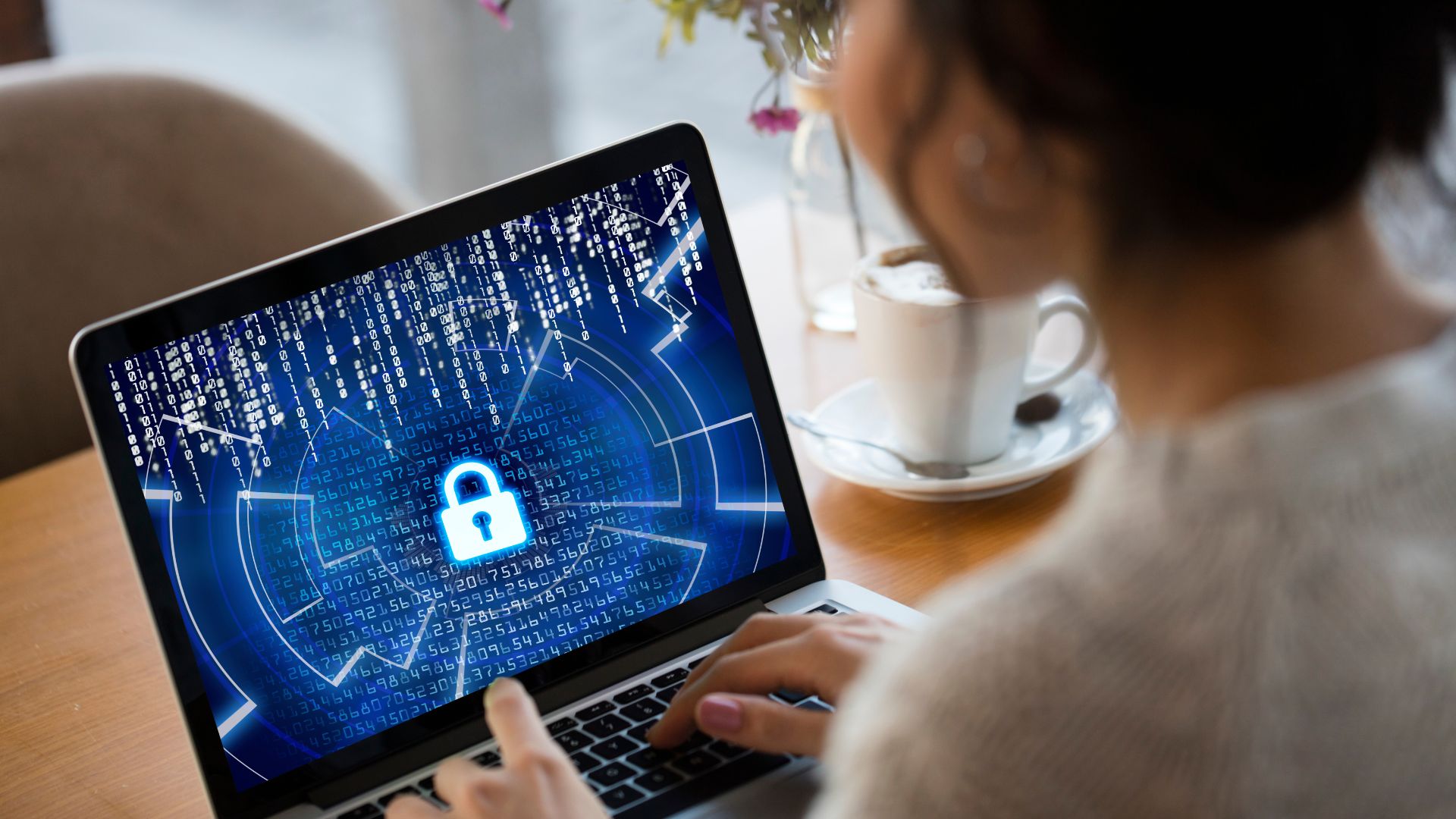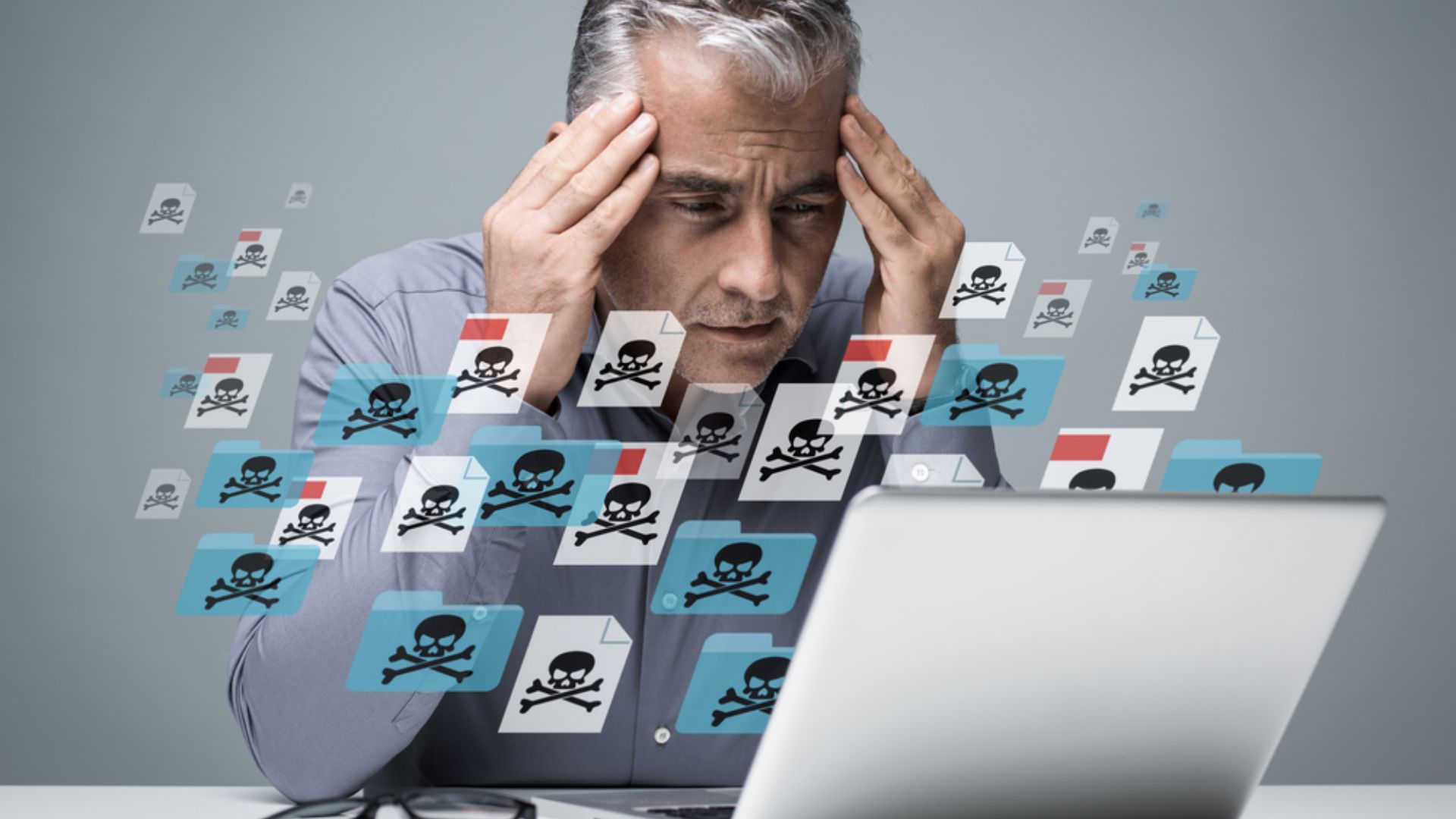
Fostering a Cybersecure Culture in Your Organisation
18 Jan, 20244One of the biggest issues that organisations today must deal with is cyber risk.The Global R...

One of the biggest issues that organisations today must deal with is cyber risk.
The Global Risks Report 2022 from the World Economic Forum demonstrates how rising digital dependence and digital transformation have increased cyber threats. However, according to the survey, cybersecurity failure is still seen as a serious short-term risk, and high-value organisations frequently experience breaches that have a major negative impact on their performance.
According to a recent Acronis report, 80% of businesses experienced a cybersecurity breach in the past year, up from 68% the year before. The high levels of danger now exist are demonstrated by the fact that 9% of the businesses experienced at least one cyberattack every hour. This shows that businesses are becoming more open to cyber-attacks, yet most are not prepared to defend themselves in a way that keeps up with the more sophisticated attackers.
In the upcoming years, it is anticipated that the number of cyberthreats to businesses will continue to increase. Today, cybersecurity is an essential part of an organisation's business plan to guarantee data privacy and prevent the expense of reacting to a cyber-attack. Even though IT security is a vital part of a security strategy, employees are one of any organisation's most vulnerable areas. Employees are on the front lines of the battle against cyber risks as a result of the focus of many cybercriminals on assaulting individuals through malware, phishing, and other scam activities.
Fostering a cybersecurity culture can outlast individual turnover and isolated occurrences and can provide a stronger front against cyber threats than any one policy or process. By integrating cybersecurity into organisational processes and practises and keeping an open conversation, you may develop a cybersecurity culture.
Understanding the Human Factor in Cybersecurity
Acknowledging that employees play a pivotal role in an organisation's cybersecurity posture is the first step. Human error remains a significant contributor to security breaches. By recognising this factor, organisations can prioritise training, awareness programs, and open dialogue to empower employees to make informed cyber-safe decisions.
Be honest
Analyse the culture and determine the current state of organisational security. Recognise the strategy for dealing with audit results, the top technology and security priorities, and any metrics in place for tracking development. Additionally, be aware of behaviours that could increase risk, like as BYOD rules, international travel, unencrypted communication (such instant messaging), data storage on personal devices, unconventional computer setups, and usage of unapproved software.
Outline the mission
Establish what constitutes security and technological achievement before settling on specifics. To make it easier to communicate, turn the mission into an "elevator pitch." When the company succeeds, it should be celebrated to reinforce the importance of security and to solidify the culture. Create an environment where employees feel comfortable reporting suspicious activities or potential security breaches without fear of retribution. Establish a clear process for reporting incidents and reward employees for their vigilance.
Win employee support
Headline-making breaches may not feel applicable to all departments. Earn employee support with department-level conversations about the impact of cyber threats to ensure staff realise the value of security and aren’t tempted to circumvent processes. Cybersecurity is a collective responsibility that extends beyond the IT department. Encourage collaboration between IT teams and other departments to ensure a holistic approach to security. When departments work together, vulnerabilities can be identified and addressed more effectively.
Leadership and Top-Down Approach
A culture of cybersecurity must begin at the top. When leadership demonstrates a commitment to cybersecurity, it trickles down to all levels of the organisation. Leaders should not only adhere to security practices themselves but also actively communicate their importance to the entire workforce.
Define roles and expectations
Remove uncertainty with a thorough plan that outlines roles, objectives, and duties for departments in the event of a cyber-attack. By adding other departments, you can broaden the scope of who is responsible for promoting security outside the IT security team. Build trust that, in the event of a mistake, firm security professionals will come up with solutions, provide assistance, and avoid taking responsibility. Organizations should establish comprehensive cybersecurity policies that outline acceptable use of technology, data handling procedures, and incident reporting protocols. These policies must be accessible, easy to understand, and regularly updated to reflect evolving threats and technologies.
Invest in training
Expect the IT department to regularly train personnel on attacks and the resulting areas to watch. Regular training sessions on cybersecurity best practices are essential. These sessions can cover topics like recognizing phishing emails, creating strong passwords, using secure Wi-Fi networks, and safe browsing habits. Gamified training modules and simulated phishing exercises can make learning engaging and memorable.Clearly express all cybersecurity policies and guidelines. A consistent onboarding programme for new hires should also be in place. These issues, ought to be on the agenda:
• Password management
• Encryption and digital signing, if applicable
• Phishing attacks
• Backing up work
• Sending personal or sensitive information
• Account access
• Authentication
• Policies and best practices
• Lean on an outside party to handle training if internal resources aren’t available.
Create a conversation
Similar to any culture, story is frequently its basis. Discuss cybersecurity constantly, drawing lessons from news about the topic, and keep staff members up to date on best practises. Regular training sessions, forums, or newsletters can all offer regular forums for cybersecurity discussion. Encourage a question-friendly climate, and make sure staff members are aware of whom to ask. Equally crucial: check to see if the response contains a lot of jargon. Cybersecurity awareness should be an ongoing initiative. Regularly share relevant news, updates, and real-world examples of cyber threats to keep employees informed and engaged. This helps prevent complacency and ensures that cybersecurity remains a priority.
Recognising and Celebrating Cybersecure Behavior
Implement a recognition program that rewards employees who consistently adhere to cybersecurity best practices. This not only reinforces positive behavior but also motivates others to follow suit.
Employees with the skills and knowledge to take action will embrace personal responsibility for supporting security in an organisation with a strong cybersecurity culture. Employees may even actively defend the company as they become more aware of cybersecurity procedures thanks to this collective approach, which transforms them from risk factors to security advocates. A preventative approach will undoubtedly pay off for both individuals and corporations given the escalating costs of cybercrime.
Embracing a Remote Work Reality
In the wake of global events, remote work has become more prevalent. Organisations must adapt their cybersecurity culture to accommodate remote workers. This includes providing guidelines for securing home networks and devices.
Building a cyber-secure culture is an ongoing journey that requires commitment, collaboration, and adaptability. By fostering a culture where cybersecurity is woven into the fabric of the organisation, businesses can create a resilient shield against cyber threats. The collective efforts of informed and responsible employees serve as the first line of defense in safeguarding valuable digital assets.
Following the many high-profile global security breaches that have been made public, the need for solid security is paramount, and we have access to the best talent to ensure your organization remains protected and futureproofed. From Information security, certifications, frameworks, and cyber security recruitment, our specialist consultants act as your trusted advisor to find the people you require. Our consultants work closely with you to get to know your business and listen to your hiring needs. Contact us today to discuss your hiring needs; whether you're building your security team or looking for a new role in the security landscape with one of our consultants.







